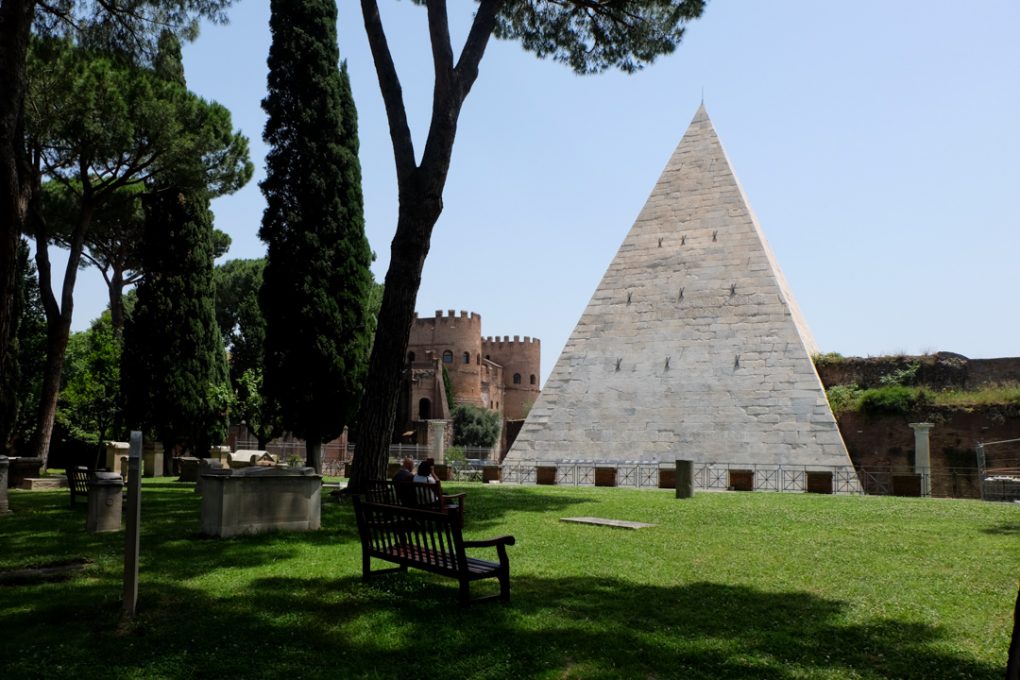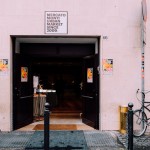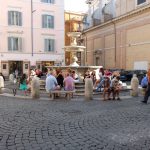Testaccio has been a destination for Roman food lovers for thousands of years and its traditional, culinary prowess is still what draws most visitors to the local neighborhood. Set in a curve in the Tiber River across from Trastevere, the Rome neighborhood is just barely far enough outside the historic center to remain under the radar but spending a day in the quartiere is one of the best ways to discover the Rome of true Romans.
It also happens to be my home in Rome. This is the area of the city where I have lived for seven years and where I spend the majority of my days. From the famous covered market to unexpected contemporary art, ancient ruins and the best of the cucina romana, here is how to experience experience the neighborhood of Testaccio, Rome from morning to night.
Breakfast
Start the day with coffee at Tram Depot, a lively outdoor drinks spot that is open from April to October. The garden-like setting with adorable vintage chairs serves specialty coffee from a small roastery in Livorno, as well as fresh cornetto pastries topped with berries or chocolate. The charming coffee spot is only open for the warmer seasons because it is housed inside a decommissioned tram car that dates back to 1906. The cheery green tram is truly the most unique coffee bar in Rome and a fixture in Testaccio. (Open every day from late March to late October).

Morning
After a leisurely outdoor caffè, wander past the striking rationalist architecture of the local post office for a chance to climb inside Ancient Rome’s defensive wall. The entire city center was once encircled by this stone wall, built by the Roman Emperor Aurelian and Probus between 271 AD and 275 AD. The section at the edge of Testaccio has been transformed into the Museo della Via Ostiense. The small, free museum is only open in the morning and has artifacts uncovered in the area as well as a stunning view of Rome’s pyramid.
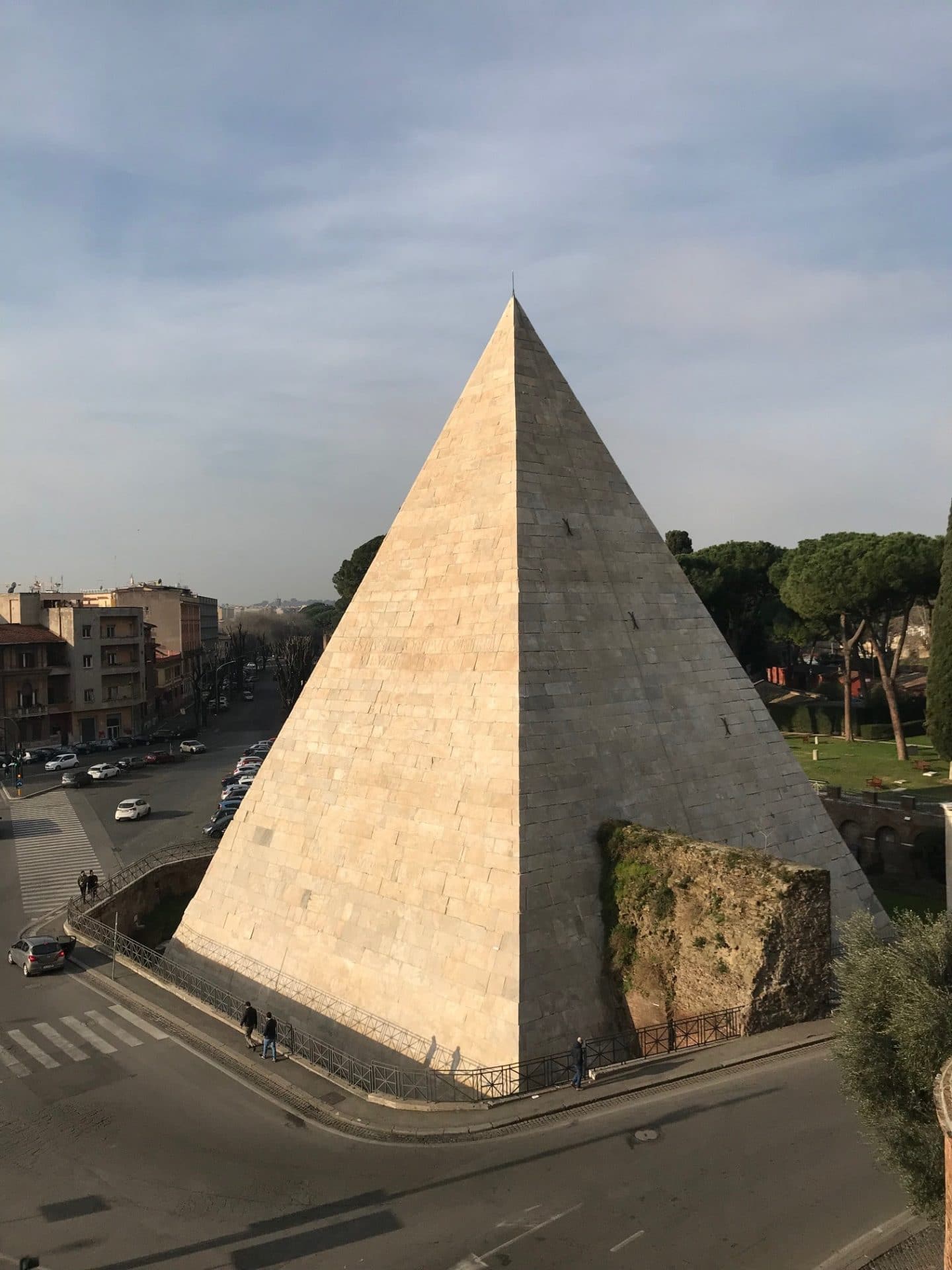
For a closer look at the Pyramid of Cestius, which is a tomb that was constructed by a wealthy Roman citizen, head down to the Non-Catholic Cemetery just one street over. The tranquil cemetery is filled with fruit trees and lavender plants, sheltering over the final resting place of the romantic poets Keats and Shelley. Stroll through the quiet paths and take in the elaborate headstones, which feel miles away from the busy streets outside.
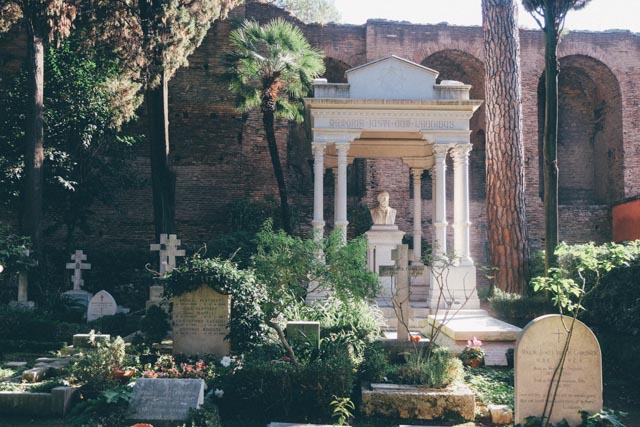
After the peaceful start to the morning, you will be ready to dive into the bustling heart of the neighborhood – Mercato di Testaccio. The Italian fresh food market is brimming with seasonal produce, fresh-baked bread, butchers, fishmongers, and even a hair salon. The covered market is the preferred daily shopping spot and meeting place for locals, who catch up on gossip over a coffee at the central bar. In addition to the fresh food vendors, the edges of the market are lined with creative street food stalls that offer some of the tastiest snacks in the city.
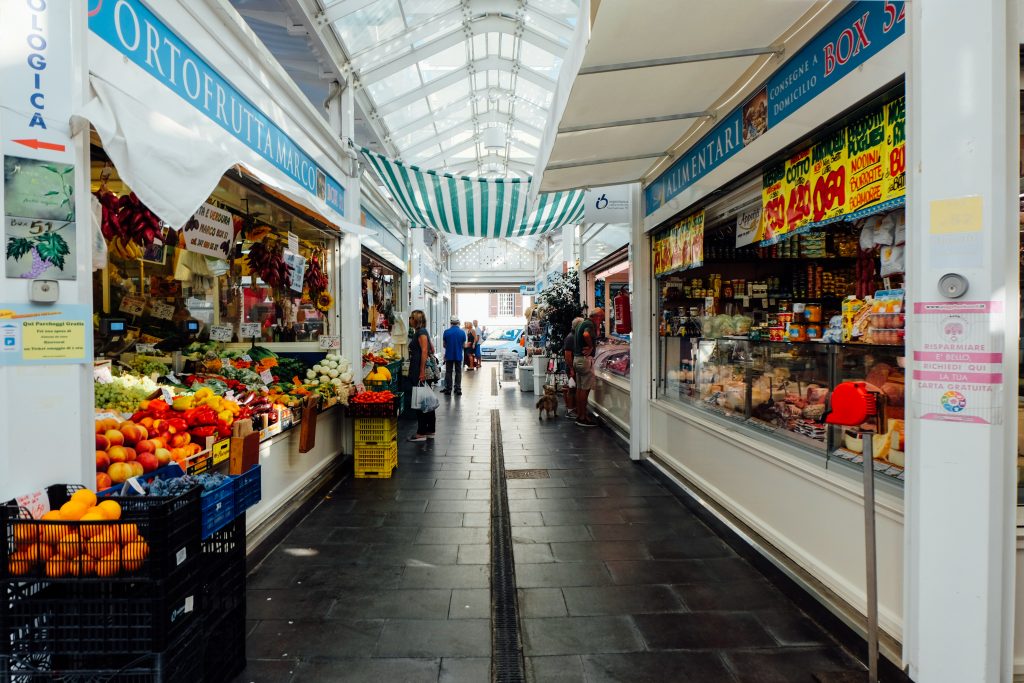
Lunch
The market is the perfect place to whet your appetite for lunch. Testaccio is the birthplace of some of Rome’s most iconic dishes, including coda alla vaccinara. The stewed oxtail was invented at Checchino dal 1887, a traditional restaurant that has been run by the same family for six generations. The service has a refined air (think: white-jacketed waters and fine china), while the menu sticks to classic Roman recipes with an emphasis on offal, the so-called quinto quarto (fifth quarter) that the neighborhood is known for.
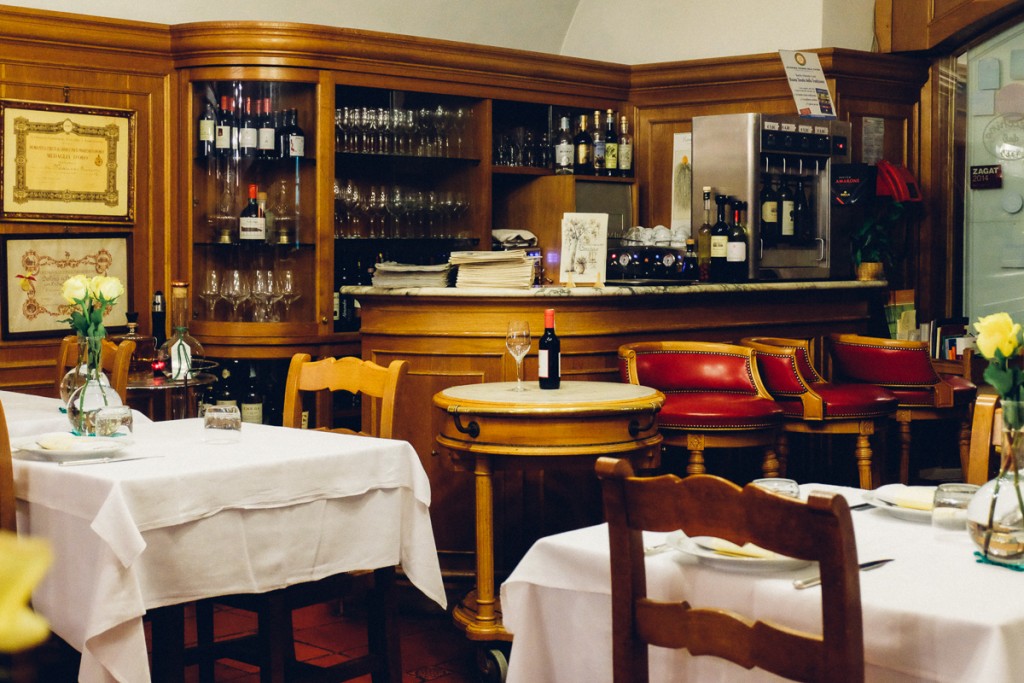
Afternoon
Much of current-day Testaccio was constructed when the mattatoio opened here in the late 1880s and soon became the largest slaughterhouse in Europe. The neighborhood grew as workers arrived from all over Italy. The slaughterhouse was decommissioned in 1975 and its butchering floors were abandoned until Rome’s MACRO moved in and opened a modern exhibition space in the deserted pavilions. The museum of contemporary art holds a mix of thematic retrospectives and boundary-pushing installations.
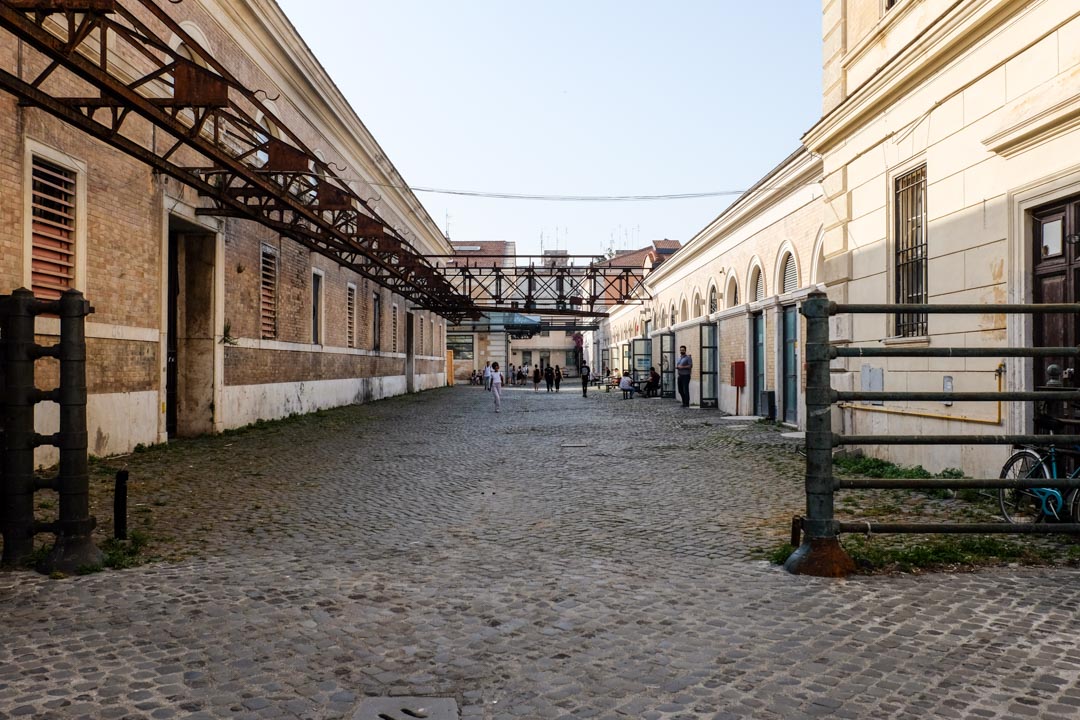
After the striking modern art experience, discover Testaccio’s more distant past by admiring Monte Testaccio. The tree-topped hill is actually the equivalent of an ancient rubbish heap because it is made up of 53 million broken terracotta pots. Once filled with the olive oil that literally fueled an empire, the Romans would carefully stack and discard the clay vessels when the oil ran out. The trail to the top of the hill is usually closed to the public, but private Rome guides can make a special request to take you to the pottery-covered peak. Even if you don’t go inside, you can find a wonderful view of the excavations from the corner of Via Galvani and Via Nicola Zabaglia, and get a sense of just how many pieces of pots it takes to build a mountain.
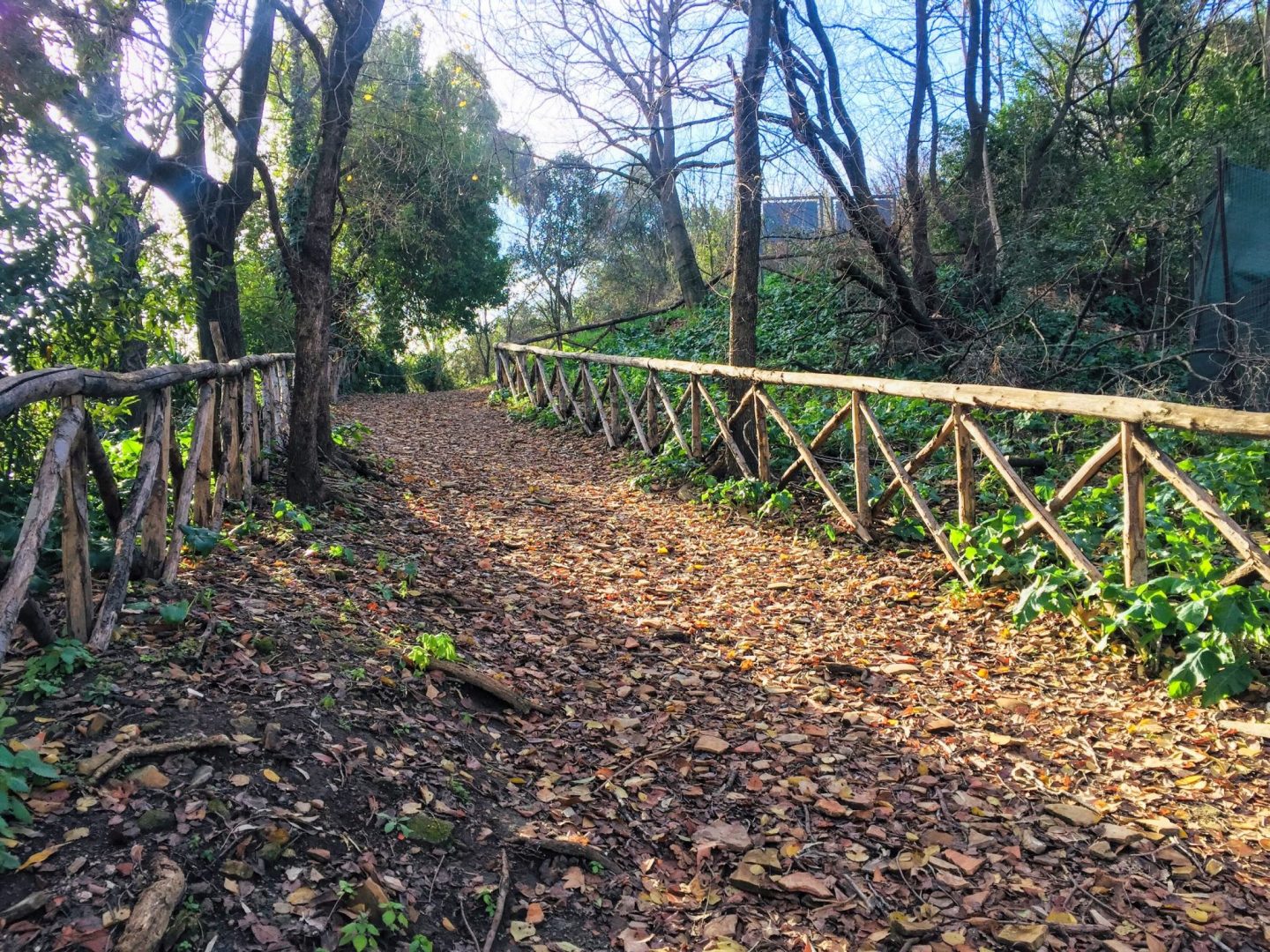
Drinks
As the day winds down, Testaccini (Testaccio residents) gather in the main piazza. While the children play soccer, the parents and neighbors chat over scoops of gelato or a refreshing glass of beer. Stop for a drink at Oasi della Birra on the edge of the square and take a seat on their small covered patio, or ask to carry your drink to the piazza itself. The relaxed bar has an impressive selection of international beers, as well as cocktails and wine. The happy hour aperitivo buffet is famous across the city for its equally remarkable spread.

Dinner
After a dreamy but carnivorous lunch, book at table at Da Felice, Testaccio’s most celebrated restaurant. While there is lots to love on the menu, the cacio e pepe pasta is a must. The simple yet decadent dish is prepared with a flourish directly at the table, where the hot pasta is quickly swirled and tossed with pecorino cheese and topped with cracked black pepper. Follow with the oven-roasted lamb and a sweet treat of peaches soaked in white wine. The upscale family-style trattoria is ideal for lingering over a bottle from the excellent wine list while reflecting on a delicious day of Roman life.
I hope you come to love my Testaccio neighborhood as much as I do!
Where to Stay in Testaccio, Rome
Testaccio is a great base for exploring the rest of Rome. It is well connected by public transportation but much quieter than the city center. Testaccio is a very residential neighborhood which is an incredible way to see a local side of Rome, but which means that there are few hotels to choose from.
Re Testa is located directly above the market in the heart of the neighborhood but gets mixed reviews.
Hotel Santa Prisca is a good budget option but could use with an update. It is located in a quiet little park just off of Via Marmorata so you will have bus stops just outside the door. From here, it is a one minute walk to both Tram Depot or Barberini for coffee and pastries.
My top pick is the B&B Seven Suites, which is where my family stays when they come to visit us. It is located in an apartment building and all of the rooms are silent and modern in design.
Here is a full list of nearby options.
Note: The above links may include affiliate links to services that I personally use and recommend. If you choose to book through these, I may receive a small commission. You are under no obligation to do so.

